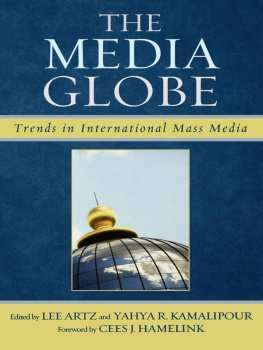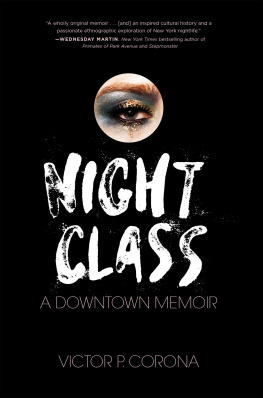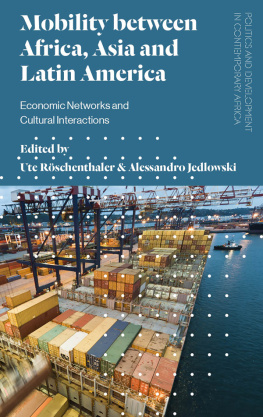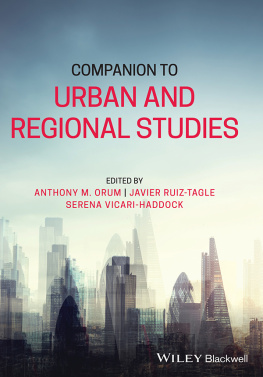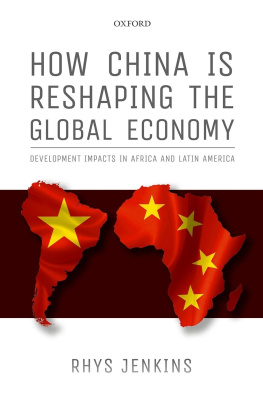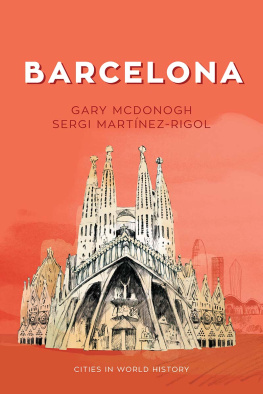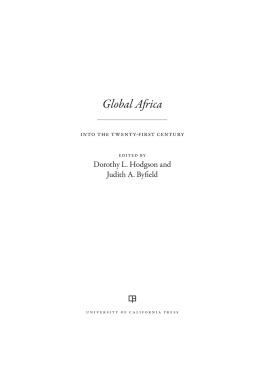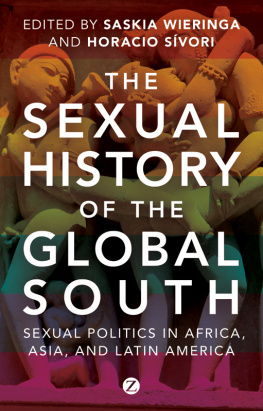Copyright 2012 University of Pennsylvania Press
All rights reserved. Except for brief quotations used
for purposes of review or scholarly citation, none of this
book may be reproduced in any form by any means
without written permission from the publisher.
Published by
University of Pennsylvania Press
Philadelphia, Pennsylvania 19104-4112
www.upenn.edu/pennpress
Printed in the United States of America
on acid-free paper
10 9 8 7 6 5 4 3 2 1
Library of Congress Cataloging-in-Publication Data
Global downtowns / edited by Marina Peterson and Gary
McDonogh. 1st ed.
p. cm. (The city in the twenty-first century)
Includes bibliographical references and index.
ISBN 978-0-8122-4384-0 (hardcover : alk. paper)
1. City Planning20th century. 2. Central business
districts. 3. Urban anthropology. 4. Culture and
globalization. I. McDonogh, Gary W. II. Peterson,
Marina. III. Series: The city in the twenty-first century.
HT166.G577 2011
307.3'4209dc23 2011024487
Introduction: Globalizing Downtown
Gary W. McDonogh and Marina Peterson
DOWNTOWN! The word itself, like its myriad global cognates including el centro, wasat al-madina, centre ville, and zhongwan, evokes intensities at the core of urban life, space, and capital: Bright lights, surging crowds, tall buildings, big money, power politics. To speak of global downtowns demands careful analysis of the particularities of place and people as well as examination of shared processes connecting and transforming cities worldwide as dense, active sites of encounter, competition, celebration, and conflict. In this volume, we look at widespread processes, knowledge, and mediations underpinning the formations of such central spaces. We consider the global elements of individual cases, the civic consciousness and elite strategies that connect downtowns around the world, and the points of conflict and transformation that spill out into streets and spaces from Barcelona to Los Angeles, Beirut to Mumbai. We listen to and interpret competitive politicians, multinational corporations, cosmopolitan planners, and itinerant tourists while recognizing local citizens, associations, artistic vanguards, and excluded voices in the day-to-day reconstitution of space and image. As crucibles of international flows, downtowns offer unique vantage points on globalization, which we illuminate in this volume through comparative urban ethnography. The concept of global downtowns thus captures the ways in which downtowns around the world increasingly share common features, serve as models for the transformation of old city centers and the emergence of new ones, and become sites for the convergence of diverse global processes.
What is a downtown? Our interrogation begins at the urban center, marked in many older cities by monumental statements of hierarchy and power, ritual and administration. Over time, ancient palace and temple precincts have expanded and contracted, giving way to the divergent presence and meanings of city halls, opera houses, stock exchanges, corporate offices, skyscrapers, museums, department stores, sports complexes, hotels, apartments, parks, and promenades that constitute heterogeneous downtowns today. Some downtowns are clearly bounded, some diffuse, and some parts of polycentric networks of activities. Deeply enmeshed with other parts of a metropolitan region, downtowns distill the economic, political, and cultural life of the city as a whole through periods of decline and abandonment as well as florescenceidentities evoked by competing terms of spatial reference such as Main Street, inner city, and central business district (CBD). As our studies show, downtowns are continually in the process of being remade as symbols and sites of human interactions in counterpoint to other metropolitan spaces and functions.
In social and cultural terms, downtowns are embodiments of hegemonic (and competing) elites at the same time that they have enabled public expression of the needs of other groups and interests defined by race, class, mobility, gender, age, and sexuality. Hence, they have been locales for transient publics, divided between day and night, often writ as civic virtue and vice. At the same time, downtowns worldwide are now increasingly defined by new residential populationsyoung, wealthy, sociable, creativewho challenge this temporality and movement. Yet the lifestyles of such new downtowners may conflict with established institutions and their employees, with world tourists, and even with homeless people who have found niches at the heart of the city.
Downtowns incorporate the past, but they often prove to be even stronger representations of the present and future. As multiple contributions to this volume make clear, downtowns around the world have taken shape through imagined forms and meanings that have global currency: consumption, monumentality, mobility, modernity, gentrification. Yet they are equally inflected with more problematic global dynamics such as stark divisions of capital and class, issues of immigration and assimilation, and problems of inequality and exclusion. Power, memory, creativity, and protest coalesce in downtown as flows of people, capital, and images constitute human spaces of connection and distinction, making and remaking the global in the form of immigration and investment, arts and touristic branding. Understanding downtowns as centers of human activity and imagination through the investigation of multiscalar intersections of economic, political, and cultural trends enacted and lived therein thus contributes to a richer understanding of global city formation and the theorization of globalization as process.
Still, downtowns remain ambiguous. Meanings converge and compete, as contradictory visions and actions shape them. Downtowns stand for democracy and witness its denial. Theaters and museums embody high culture, scandalize publics, and allow interstices for new creativity. Commerce invites and manipulates some global consumers while excluding others. Burgeoning office buildings host millionaires, managers, and clerks by day and poor immigrant janitors or huddled homeless by night. Public spaces may crystallize the conscience of a nation in protest or be patrolled into emptiness. Downtowns, while places of deep local meaning, have become commoditized for global sightseers who transform museums, cathedrals, markets, and citizens into heritage destinations, exotic experiences, and disposable souvenirs. Many a Center City, selling a dazzling new opportunity for lifestyle choices among late capitalist elites, encloses its promises of downtown for a new and exclusive cohort, challenging its relations to the urban poor, to families in surrounding neighborhoods, and even to commuters from outlying suburbs.


